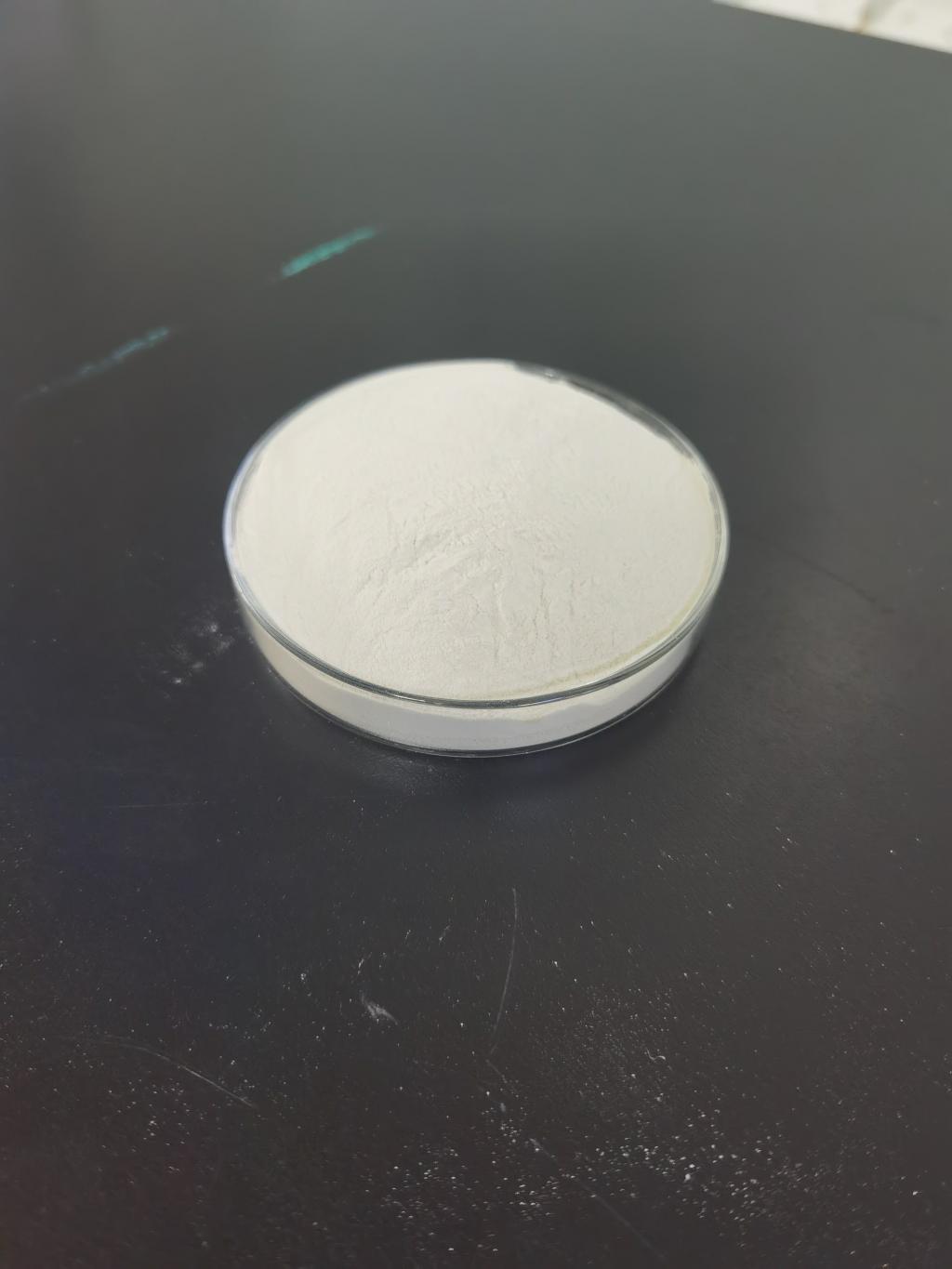Tel:+8618231198596

News
 CONTACT
CONTACT
 CONTACT
CONTACT
- Linkman:Linda Yao
- Tel: +8618231198596
- Email:linda.yao@dcpharma.cn
- Linkman:CHARLES.WANG
- Department:Overseas
- Tel: 0086 0311-85537378 0086 0311-85539701
News
Nisin's Contribution to Food Security in Developing Nations
TIME:2024-01-26
I. Understanding Nisin:
Nisin is a polycyclic antibacterial peptide produced by certain strains of the bacterium Lactococcus lactis. Discovered in the early 20th century, Nisin has gained attention for its potent antimicrobial properties against a wide range of Gram-positive bacteria, including many food spoilage and pathogenic organisms. Its safety for human consumption has been established, as it is approved by regulatory bodies such as the United States Food and Drug Administration (FDA) and the European Food Safety Authority (EFSA).
II. Properties of Nisin:
Antimicrobial Activity:
Nisin exhibits strong antimicrobial activity, disrupting the cell membranes of susceptible bacteria. This property makes it effective in controlling the growth of spoilage organisms and foodborne pathogens, contributing to the preservation of food products.
Heat Stability:
Nisin remains stable under various heat treatments, allowing its incorporation into a wide range of food processing methods, including pasteurization and sterilization. This heat stability is crucial for its application in developing nations, where traditional food processing techniques are often employed.
III. Applications of Nisin in Food Preservation:
Dairy Products:
Dairy products are susceptible to spoilage due to the presence of bacteria. Nisin has been successfully used in the preservation of milk, cheese, and yogurt, extending their shelf life and reducing the need for refrigeration.
Meat and Poultry:
Contamination of meat and poultry with pathogenic bacteria is a significant concern. Nisin, when incorporated into meat products, helps control the growth of bacteria such as Listeria and Staphylococcus aureus, ensuring the safety of these protein sources.
Canned Foods:
Canned foods are vulnerable to bacterial contamination, leading to spoilage and potential health risks. Nisin can be added to canned goods to prevent the growth of harmful bacteria, enhancing the safety and longevity of these products.
IV. Economic and Social Impacts in Developing Nations:
Reduced Food Waste:
One of the primary benefits of Nisin is its ability to extend the shelf life of food products. In developing nations, where food storage and transportation infrastructure may be limited, Nisin can play a crucial role in reducing food waste by preventing premature spoilage.
Increased Availability of Nutritious Foods:
By preserving a wider range of food products, Nisin contributes to increasing the availability of nutritious foods in developing nations. This is particularly important in regions where malnutrition is prevalent, as it helps maintain the nutritional value of perishable foods.
Empowering Local Industries:
The incorporation of Nisin in food processing can empower local food industries in developing nations. It provides an opportunity for small-scale producers to enhance the quality and safety of their products, making them more competitive in the market.
V. Challenges and Considerations:
Cost:
The production and application of Nisin may come with associated costs, which can be a challenge for small-scale producers. Efforts should be made to explore cost-effective production methods and distribution strategies to make Nisin more accessible in developing nations.
Regulatory Approval:
While Nisin is generally recognized as safe (GRAS), navigating regulatory processes can be challenging for some producers in developing nations. Streamlining approval processes and providing support for compliance can facilitate the widespread adoption of Nisin in food preservation.
VI. Future Prospects and Research Directions:
Development of Nisin-Enhanced Packaging:
Research is ongoing to incorporate Nisin into food packaging materials, creating active packaging that releases the peptide over time to inhibit microbial growth. This innovation could further extend the shelf life of a variety of food products.
Exploration of New Sources and Variants:
Continued research into alternative sources of Nisin and the development of novel variants with improved properties can open up new possibilities for its application in food preservation. This includes investigating other bacteria that produce Nisin or engineering variants with enhanced efficacy.
VII. Conclusion:
Nisin's contribution to food security in developing nations is significant, offering a sustainable solution to food preservation challenges. Its antimicrobial properties, coupled with heat stability, make it a versatile tool for extending the shelf life of various food products. As research and development in this field continue, it is crucial to address challenges related to cost, regulatory approval, and accessibility to ensure that the benefits of Nisin reach communities facing food security issues in the most effective manner. With further advancements and a concerted effort from the scientific community, Nisin has the potential to play a transformative role in enhancing food security and promoting sustainable development in developing nations.
- Tel:+8618231198596
- Whatsapp:18231198596
- Chat With Skype







